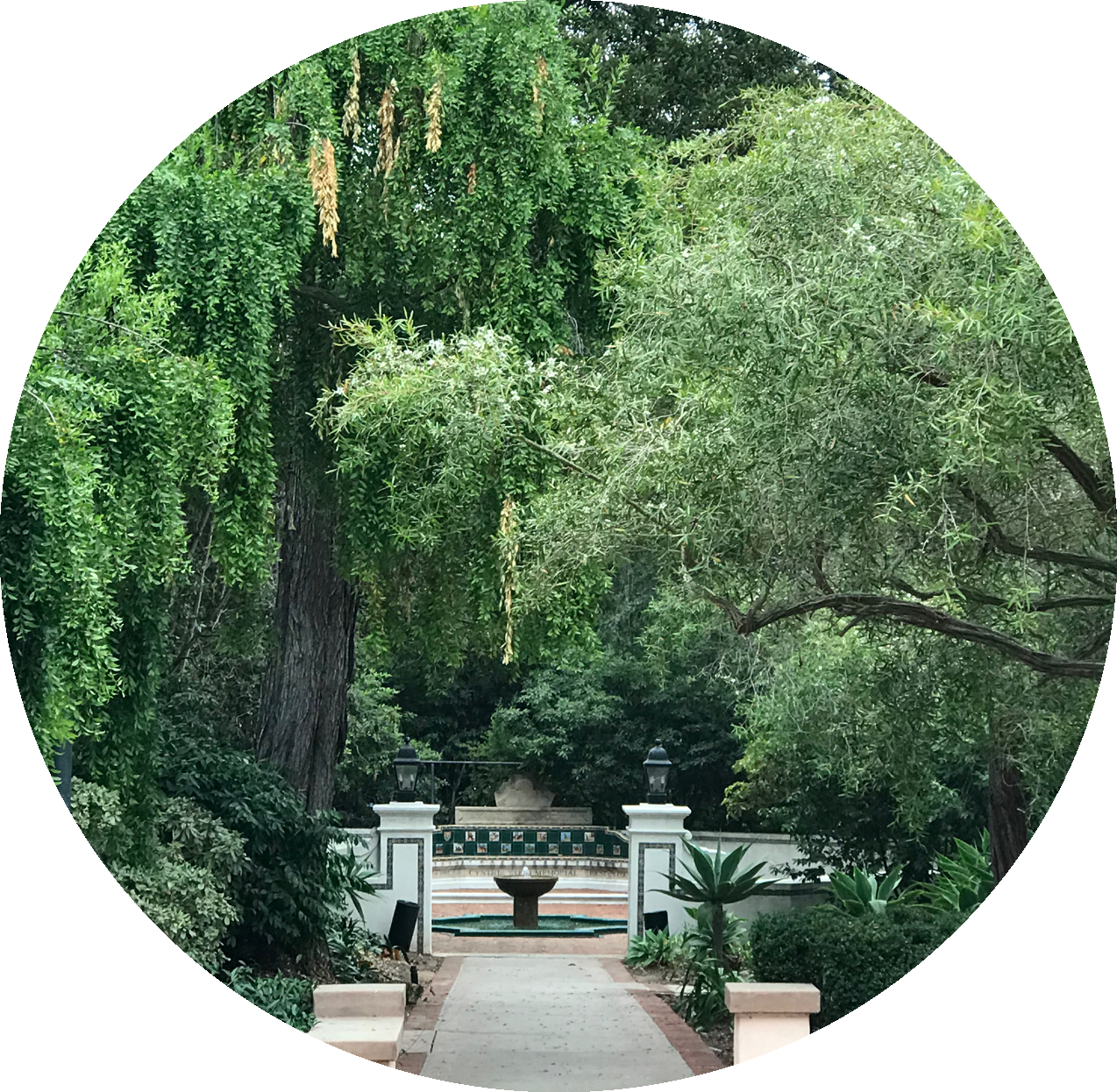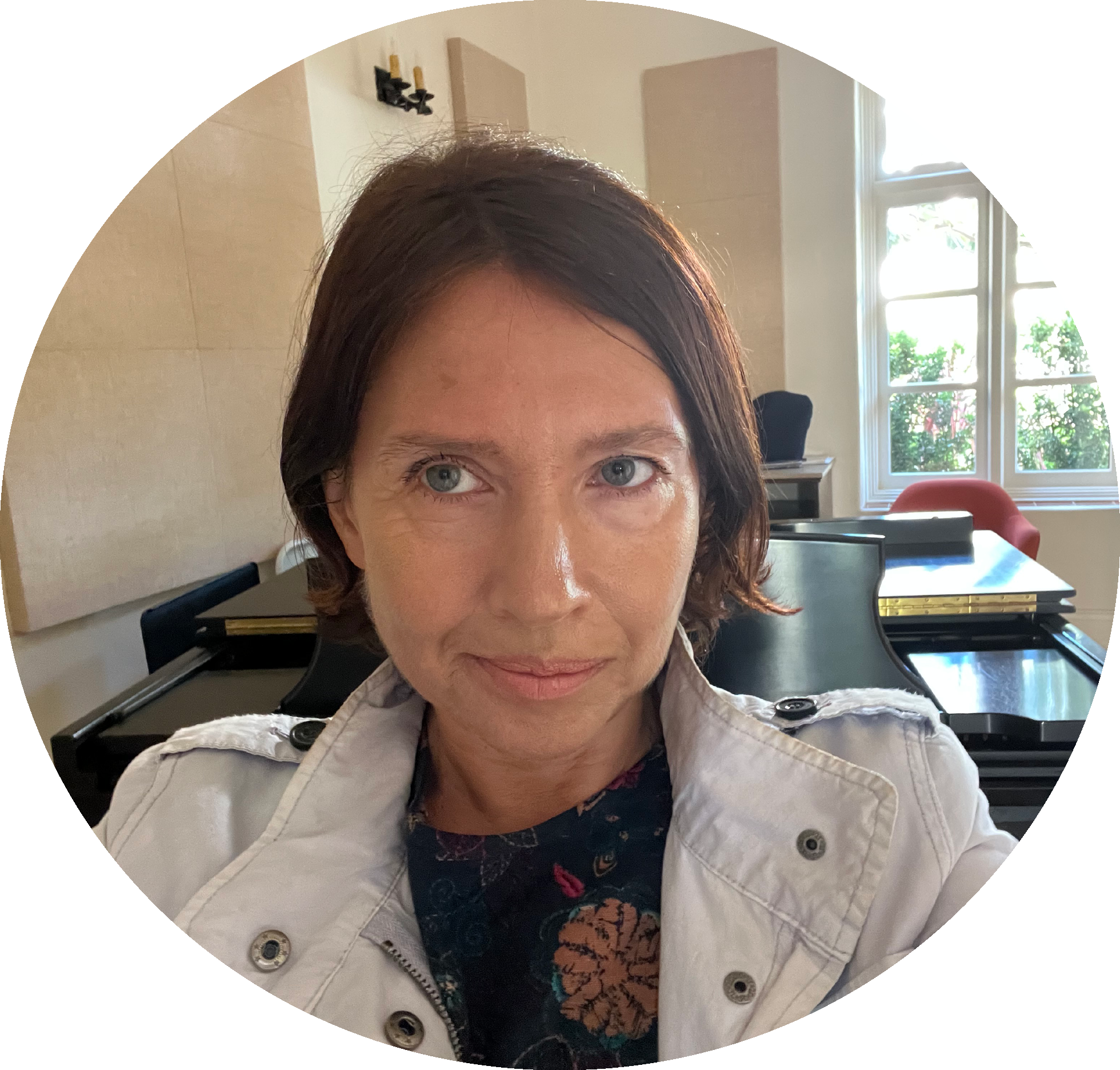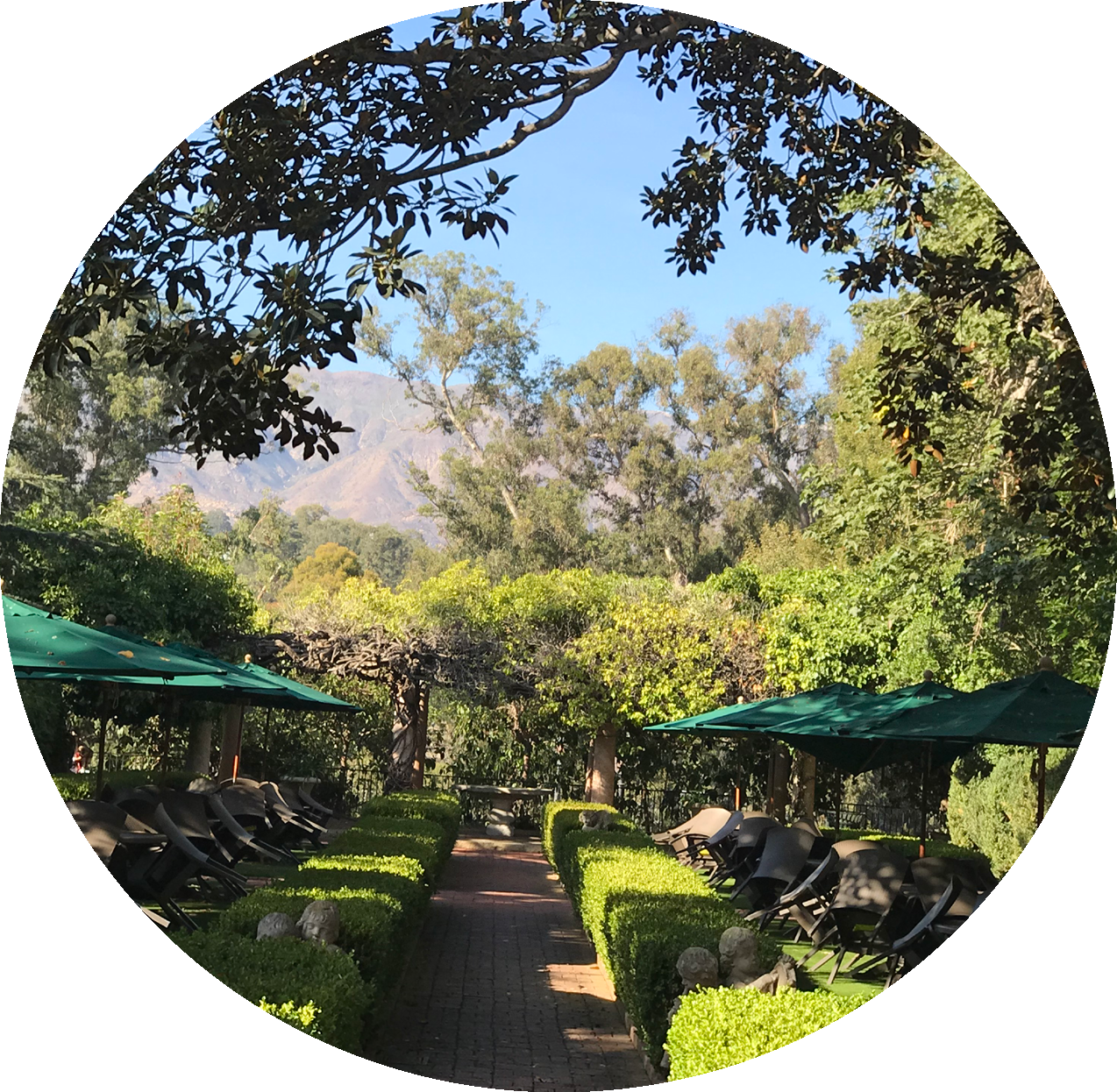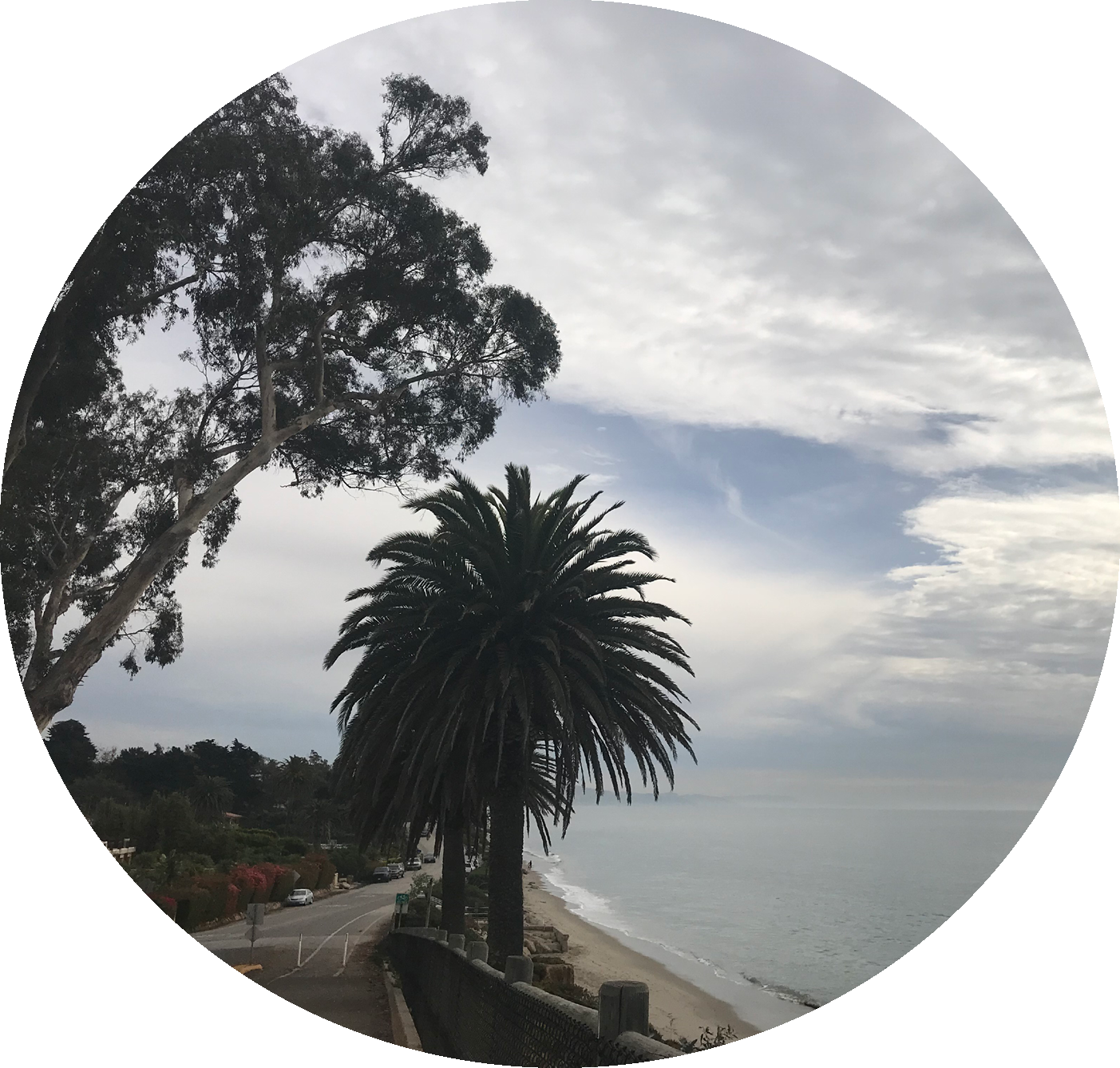Tanya Irwin Piano

"Music gives a soul to the universe, wings to the mind, flight to the imagination, and life to everything." - Plato
.



Santa Barbara Piano Lessons for children from age 5 and adults by Russian teacher
What are your dreams for your child? A life-long love of classical music? A well-rounded personality? A kind heart?
Did you know that learning to play the piano nurtures ALL these aspects of your child’s development?
Enjoyment is the secret to learning any skill
It’s easy to believe that playing the piano is only about the skills or even that it’s a chore. Yet there’s a way to teach that inspires children to enjoy music and learning, so that their passion for the arts flourishes. When they’re taught with gentleness, caring, and respect, playing the piano can evolve into a favorite hobby, a way of self-expression, or a life-long appreciation of the beauty of classical music.
The piano lessons are taught in the tradition of the Russian classical school of music and European Do-Re-Mi notation.
Tanya designs her piano lessons to match your child’s abilities and personality. For her, the true measure of success is when your child enjoys piano lessons and looks forward to more.
Under Tanya’s guidance your child:
-
- Transforms into a well-rounded individual.
- Connects to their heart.
- Is inspired to learn so they lay a foundation for their talents to unfold.
Little-known facts about the effects of musical training on a child’s development and intelligence
A child’s brain has a remarkable capacity to change in response to the environment. This capacity is known as neuroplasticity (brain plasticity).
FACT: Research has shown that a child’s cognitive abilities and behavior changes when they take part in musical training during those times when their brains are most sensitive to development.
FACT: Scientists compared the brains of non-musicians to those of musicians who practiced an instrument intensely for several years. They discovered that the grey matter in the musicians’ brains increased. Grey matter is the part of the brain that’s associated with general intelligence, memory, and focus, among other things.
FACT: Piano training teaches a child to use their fingers and hands with great dexterity: this has been linked to neurological development during their formative years.
How learning to play piano helps your child in other areas of life
To play the piano, your child has to master multisensory skills that involve motor, auditory and visual senses. They need to learn a complex symbolic system and transfer it into independent fine motor movements in both hands.
To do this, they must pay attention to precise rhythm, tempo, and timing.
These skills carry over into their general education and improve overall academic performance.
Math. Learning to read and play music teaches your child to recognize patterns and to understand proportion, ratio, fractions and subdivision, all skills that help when learning math.
This is because music is based on numbers. These include:
- Time values (quarter notes, half notes, whole notes, etc.).
- Time signatures (2/4, 3/4, 4/4, 3/8, 6/8, etc.).
- Interval quantity and quality (a minor second, an augmented fourth, a perfect octave, etc.).
- Chord quantity and quality (a major triad, a diminished seventh chord, etc.).
- Scale degrees and functions (Tonic I, Subdominant IV, Dominant V).
- 7 musical pitches – Do Re Mi Fa Sol La Si – form 7 patterns (octaves) on the piano. In life, we see that are also 7 days of the week and 7 colors of the rainbow.
A piano keyboard consists of a repeated pattern of 12 keys: 7 white keys and 5 black keys. Similarly, there are 12 months in a year. The black keys are also arranged in patterns.
Language arts. Musical language has a lot in common with spoken and written language. That’s why learning music helps your child to expand their understanding and abilities in spelling, syntax, semantics, and writing.
All these areas exist in music also: note reading, musical syntax (phrase structure and form structure), musical semantics, and composition.
- Musical notation helps with spelling and grammar.
- As in spoken or written language, a music piece consists of phrases and sentences. It has repeats, as often occurs in poetry.
Both musical and literary forms and structures can have an introduction, a climax (an exclamation intonation in speech), and a conclusion. - Intonations in music are similar to voice intonations: there’s a rise and a fall, a question intonation and an answer intonation.
- The dynamics of music (piano-forte) are like a human voice: soft and loud.
- Music has consonance (concord) and dissonance (discord), as well as major (happy) and minor (sad) qualities that imitate our human moods and voice intonation.
- As in literature, there are genres in music. Some genres are borrowed from literature (for example ballads and romances), some only exist in music.
- As in literature, music often has a story behind it. We see this in program music (for example, A Midsummer Night’s Dream by Mendelssohn), some short pieces (for example, Old Tale by Tcherepnin), romances, symphonic poems, operas, and ballets.
Spatial reasoning. Musical notation is spatial. Learning to read and play music lays a foundation for students to develop the spatial reasoning needed in geometry, drafting, drawing, etc.
- Music has direction: the notes on the staff with an upward motion are played to the right on a keyboard, and the notes with a downward motion are played to the left.
- A music piece consists of a melody, a horizontal melodic line, and chords, which are a vertical arrangement of notes.
A “wholeness” approach to piano lessons
The piano lessons are taught in the tradition of the Russian classical school of music and European Do-Re-Mi notation. It’s a complete system based on the idea of wholeness in education, also known as a holistic approach. It includes music literacy, ear training, singing, music theory, and elements of music appreciation, as well as a specific piano technique that produces a beautiful tone.
It has been said: “The object of education is to teach us to love what is beautiful.” Tanya expresses this philosophy in her teaching by choosing a beautiful piano repertoire for your child. She offers her students a choice of charming short pieces that they enjoy and love to play.
Read about Early Childhood Music Program for kids from birth to age 12 and expectant mothers.
Honoring your child’s love of performing
Every child loves to show other children, their parents, and relatives what they’ve learned. When your child performs recitals or plays for others on an impromptu basis, they’ll enjoy music more, feel more confident, and be proud of their talents and achievements. All Tanya’s students have an opportunity to perform at piano recitals 3-5 times a year.
Piano Lessons for Adults
It’s never too late to learn the piano!
Santa Barbara Piano Lessons Next Steps
E-mail Tanya at tanya@santa-barbara-piano-lessons.com to schedule a lesson or call her at 805.280.1072.
Piano Lessons in Santa Barbara
Over 30 Years of Teaching Experience
The Piano Studio is conveniently located in the heart of Santa Barbara

Copyright © 2024 | Tanya Irwin Piano Studio | Santa Barbara, California


